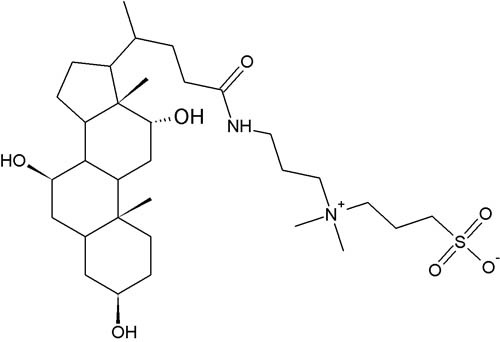When working on proteins, your sample biological materials should first be homogenized to ensure proper solubilization and extraction. This can be a challenge if you are trying to extract plant proteins because their tissues contain significant amounts of proteases, phosphatases and glycosidases which can interfere with the results. In addition, not all biological materials require the same technique so you should really be careful when choosing the technique that you would use.
The Protein Man

Recent Posts
Cell Lysis: 5 Common Cell Disruption Methods | G-Biosciences
Topics: Protein Extraction
Detergents: Ionic, Non-Ionic, and Zwitterionic. What's the Difference?
There is a plethora of uses for detergents, both in the lab and in everyday life. The usefulness of these cleaning compounds comes from subtle differences in their chemical structure. Detergents are composed of amphipathic molecules, containing a polar hydrophilic head group attached to a long-chain hydrophobic carbon tail. The composition and charge of the molecules’ head and tail groups determines the mechanism by which these molecules will act as detergents. Because of this, different types of detergents are useful for a variety of purposes.
Topics: Detergents
Plant vs Animal Cells: Break the Cell Wall with Lytic Enzymes
Extracting proteins from plants is not the same as extracting proteins from animal sources. There is a very different set of factors that you will need to consider in order to properly process plant proteins. This post explores some of the key ways in which plant-based protein extraction differs from animal-based protein extraction, and details some of the ways you can overcome these differences.
Topics: Protein Extraction
Western blot: Constant current or constant voltage; which is best?
The choice of constant current or constant voltage will depend on several different factors that must be taken into consideration for each Western transfer test. The level of heat, duration of the test, type of proteins, the size of the transfer, and the rate of transfer will all be affected by power, voltage, and current being used to drive the test. Each factor will play a role in how well the proteins transfer and the ultimate accuracy of the test.
Topics: Western Blotting







